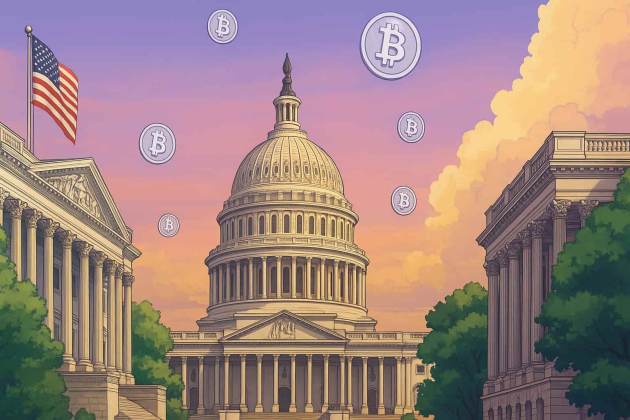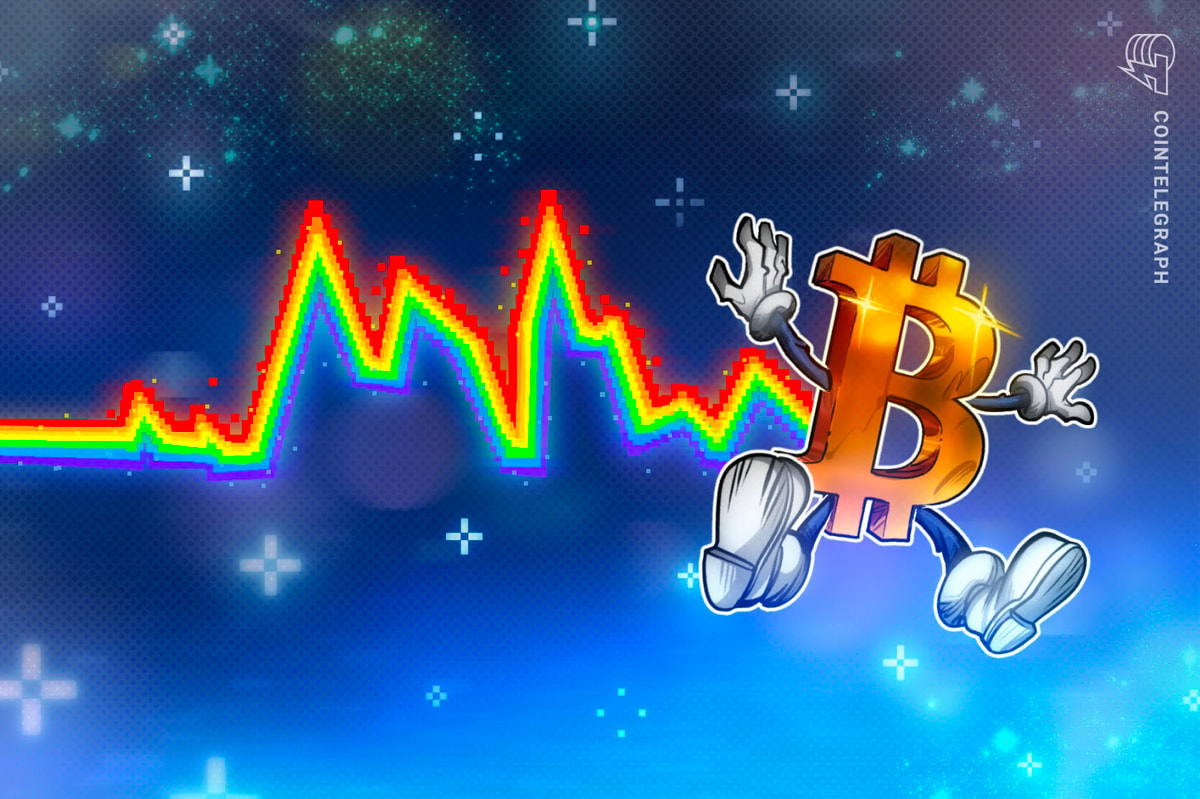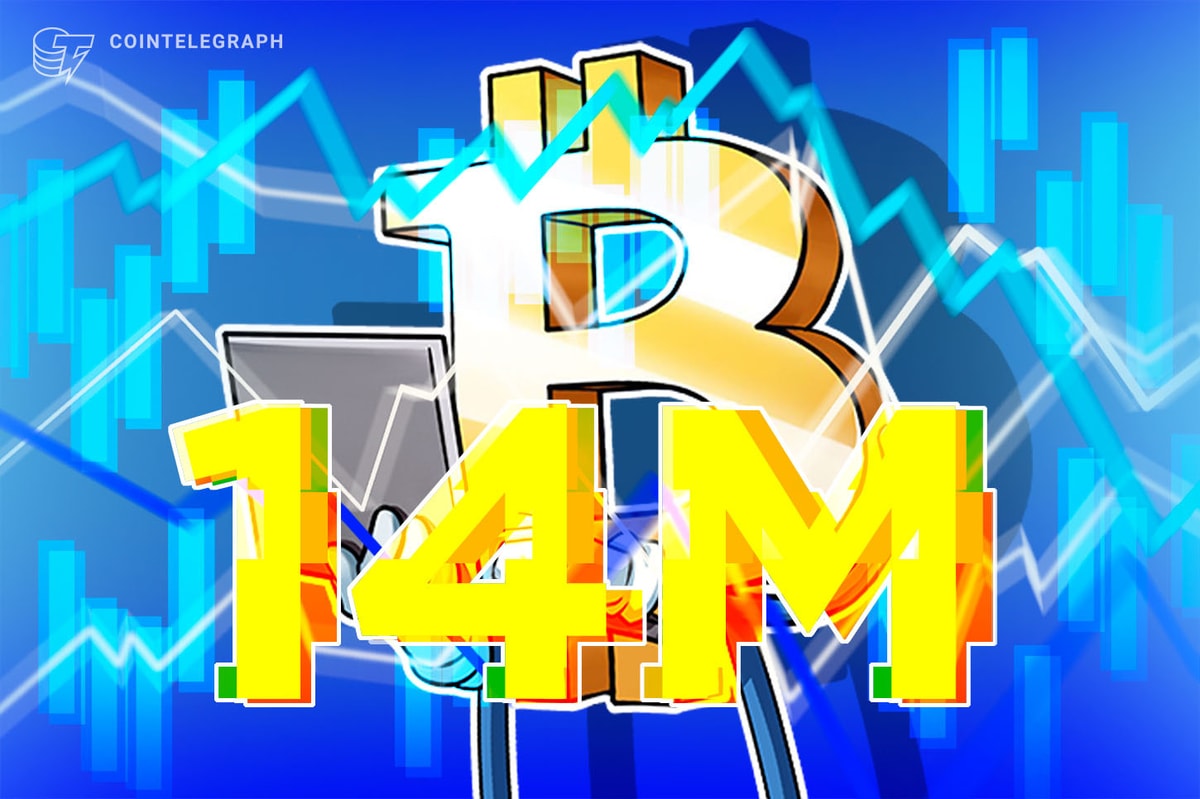The price of Bitcoin (BTC) increased by 11% in the eight days following Jan. 23 after bouncing off $38,500-support.
The movement surprised many investors, including Arthur Hayes, co-founder of the BitMEX exchange. Hayes anticipated that the increased risks of inflation growth in the U.S. and geopolitical instability would drive down risk assets, including Bitcoin.
In fact, ahead of the rise to $43,000 on Jan. 30, many traders expected a breakout in volatility that would push the price downw.
Grayscale ETF, Mt. Gox concerns weighed on BTC price
Bitcoin failed to hold the $43,000 support on Jan. 31, but the current price level has remained flat for 30 days, indicating that whatever triggered the negative impact has been neutralized over the period.
Some analysts argue that the fear, uncertainty, and doubt (FUD) emerged from the Grayscale spot Bitcoin Trust exchange-traded fund (ETF) outflow and the potential sale from clients who will finally receive their coins from the defunct Mt Gox exchange.
It is worth noting that other spot Bitcoin ETF issuers, including Fidelity, BlackRock, and BitWise, have been neutralizing most of the sell pressure from Grayscale’s GBTC.
Still, Hayes has a valid point in terms of macroeconomics, as the latest U.S. inflation and growth data have caused investors to no longer expect interest rate cuts from the U.S. Federal Reserve in March.
Further adding to the worries was a Jan. 26 announcement from the U.S. government regarding the sale of 2,934 BTC forfeited from the Silk Road hack, worth nearly $120 million. Yet, as noticed by analysts, such quantity is not substantial given that the recently launched spot Bitcoin ETFs have been attracting over four times this amount daily.
Therefore, it is essential to address whether professional traders gained from the price increase. There is a common belief among cryptocurrency investors that whales and market makers have an edge in predicting significant price changes, giving them the upper hand over retail traders.
This notion holds some truth, as advanced quantitative trading software and strategically positioned servers come into play in short-term trades. However, this doesn’t make professional traders immune to substantial financial losses when the market gets shaky.
Bitcoin derivatives suggest traders weren't ready for $43K
To infer how whales and arbitrage desks are positioned is by comparing the current demand for leverage with the situation on Jan. 23.
Whales and market makers prefer monthly Bitcoin futures contracts due to the absence of a funding rate, which causes these instruments to trade 5% to 10% higher relative to regular spot markets to justify the longer settlement period.

The Bitcoin futures premium (basis rate), which measures the difference between two-month contracts and the spot price, has stood between 8.5% and 10% for the past nine days, meaning those investors were only slightly bullish. Whenever pro traders become more optimistic, the BTC futures premium soars above 10%.
Traders should also analyze options markets to understand whether the recent price rally caught traders by surprise. The 25% delta skew is a telling sign when arbitrage desks and market makers overcharge for upside or downside protection. In short, if traders anticipate a Bitcoin price drop, the skew metric will rise above 7%, and phases of excitement tend to have a negative 7% skew.
Related: Bitcoin needs to address scaling as ETFs drive momentum

The BTC options 25% skew moved from a negative price expectation at 8.5% on Jan. 23 to a neutral stance at -5% on Jan. 31. In essence, those whales and market makers were anticipating a price crash but changed their view as the $40,000-support level gained strength.
It is unlikely that pro traders anticipated the downturn to $38,250 and the subsequent 11% gains in eight days thereafter. Simply put, professional traders did not profit from the recent price up-move.
Moreover, as those traders got caught by surprise and remain neutral in terms of BTC futures leverage, they will likely be forced to add longs (buy) if the rally continues.
This article is for general information purposes and is not intended to be and should not be taken as legal or investment advice. The views, thoughts, and opinions expressed here are the author’s alone and do not necessarily reflect or represent the views and opinions of Cointelegraph.











